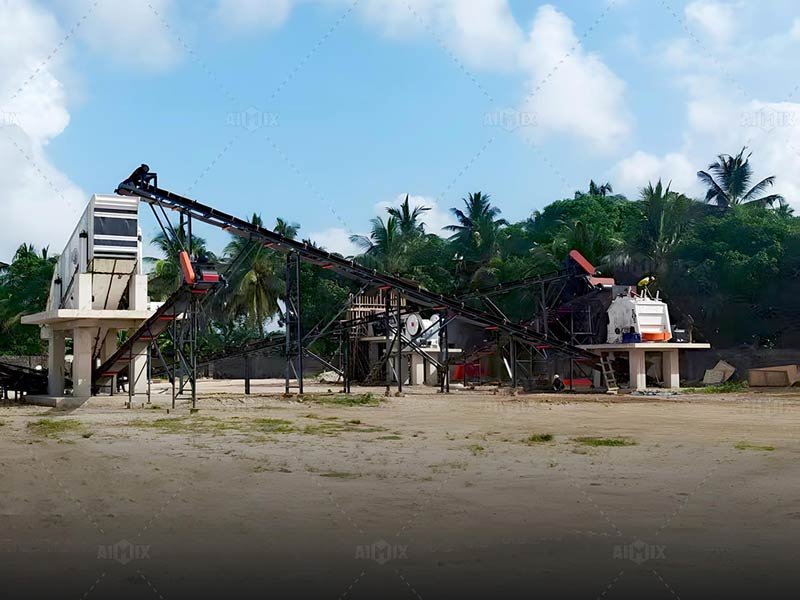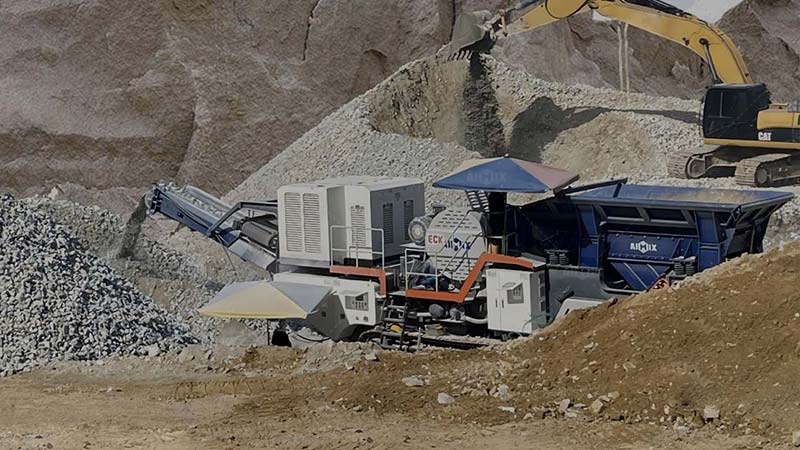The crushing plant industry faces unique financial hurdles that test even the most seasoned developers. From volatile raw material costs to unpredictable equipment maintenance expenses, profit margins can quickly erode without careful fiscal planning. What separates successful operations from struggling ones often comes down to strategic budgeting - the art of allocating resources where they yield maximum operational and financial returns. These challenges become particularly acute when scaling operations or entering new markets, where capital efficiency determines long-term viability.
Strategic Capital Allocation for Equipment Procurement
The cornerstone of any crushing operation lies in its equipment selection, where financial decisions have decades-long repercussions. Rather than pursuing the lowest upfront cost, savvy developers conduct total cost of ownership analyses that factor in energy consumption, maintenance requirements, and expected lifespan. Modular [stone crusher plants](https://aimixgroup.com/stone-crusher-plants/
) often present compelling value, allowing gradual capacity expansion aligned with revenue growth.
Financing arrangements require equal scrutiny. Lease-to-own options preserve working capital during initial operations, while equipment manufacturer financing sometimes offers preferential rates. Several operators have successfully implemented revenue-sharing models with suppliers, where payments scale with production output during the first three years of operation.

Operational Efficiency Through Predictive Cost Modeling
Day-to-day financial management separates profitable plants from those perpetually chasing break-even. Implementing activity-based costing reveals hidden expenses in material handling, labor deployment, and energy usage. One midwestern operator reduced energy costs by 18% simply by tracking consumption patterns and rescheduling high-power processes to off-peak hours.
Maintenance budgets particularly benefit from predictive modeling. By analyzing historical repair data and equipment telemetrics, developers can create failure probability curves that optimize spare parts inventory. This approach prevents both costly emergency repairs and excessive parts stockpiling. Some operations now use blockchain-enabled parts tracking to further streamline this process.

Risk Mitigation Through Contingency Planning
Seasoned developers understand that even flawless budgets require buffers for the unpredictable. The most resilient operations maintain three-tiered contingency funds: immediate reserves for equipment breakdowns (3-5% of operational budget), market fluctuation buffers (7-10% of annual revenue), and strategic repositioning capital for industry shifts.
Diversification strategies provide additional financial stability. Several successful crushing plants have developed byproduct revenue streams - selling crushed rock fines to asphalt plants or recycled water to local industries. One innovative operation in Texas covers 12% of its fixed costs through solar energy sales back to the grid, turning unused land into a revenue generator.
Financial challenges in crushing plant development ultimately stem from the industry’s capital-intensive nature. By treating budgeting as a dynamic strategic tool rather than an administrative exercise, developers can transform these challenges into competitive advantages. The most successful operators don’t just track dollars - they engineer financial systems as carefully as they design their material processing flows, creating operations that thrive through market cycles and technological disruptions alike.

Comments
No comments yet. Be the first to react!